Pilot phase on approach – Semi-annual balance sheet
Citizen Conservation is nearing the end of its five-year pilot phase. During this time, we wanted to “show that it works.” “It” in this case is the idea of establishing coordinated conservation breeding for endangered species in collaboration between private keepers and zoos, rehearsing and improving the necessary processes. This includes that all participants report their stock once every six months and that we publish the resulting figures here in a transparent way. The result after the sixth and penultimate population count of the pilot phase: It works!
Repeated offspring
Several species have now reproduced repeatedly in our program: Lake Pátzcuaro Salamander (Ambystoma dumerilii), Lemur Leaf Frog (Agalychnis lemur), Vietnamese Crocodile Newt (Tylototriton vietnamensis), Majorcan Midwife Toad (Alytes muletensis) and Oriental fire-bellied toad (Bombina orientalis). Also our first fish species, the Mangarahara Cichlid (Ptychochromis insolitus) had young again.
Our other species have only been in the program for a short time or the animals only become sexually mature after several years, so that no offspring could be expected here yet.
First target achievement in sight
For several species, we have already succeeded in establishing one-third to more than one-half of the target population size in CC (see the values in the table). This target defines the required population of reproducible animals at different husbandry sites to maintain the species in human care for more than 40 years.
New species
At the same time, we continue to expand our species portfolio. In the case of amphibians, three additional species have been added in the course of the last six months: After the first Ziegler’s Crocodile Newts (Tylototriton ziegleri) were provided to us by the Cologne Zoo in October 2021, additional animals could now form a basic stock of these caudate amphibians in CC. The first Titicaca water frogs (Telmatobius culeus) from the Löbbecke Museum/Aquazoo Düsseldorf and Anderson’s Salamander (Ambystoma andersoni) from NaturaGart Ibbenbüren followed at the beginning of 2022. Among the fish, the first specimens of the Nosy Be Cichlid (Ptychochromis oligacanthus) have been transferred to CC keepers from Cologne Zoo. All of the above species are at severe or even critical risk of extinction. Finally, we have begun to establish an ex situ population of German fire salamanders (Salamandra salamandra), which are currently suffering severely from the salamander-eating fungus, threatening entire populations with extinction.
Planning for the future
The animals come from offspring of the respective institutions. Of course, they represent only a very limited genetic diversity, as they are sometimes traced back to individual pairs. However, our first priority is to establish a functioning network of husbandries. We are thinking long-term here and are counting on obtaining further so-called founder animals at a later stage in order to expand the gene pool of the species in question in the ex situ stocks as well. However, the necessary knowledge about keeping and breeding these animals is already being collected, expanded, communicated and practically applied.
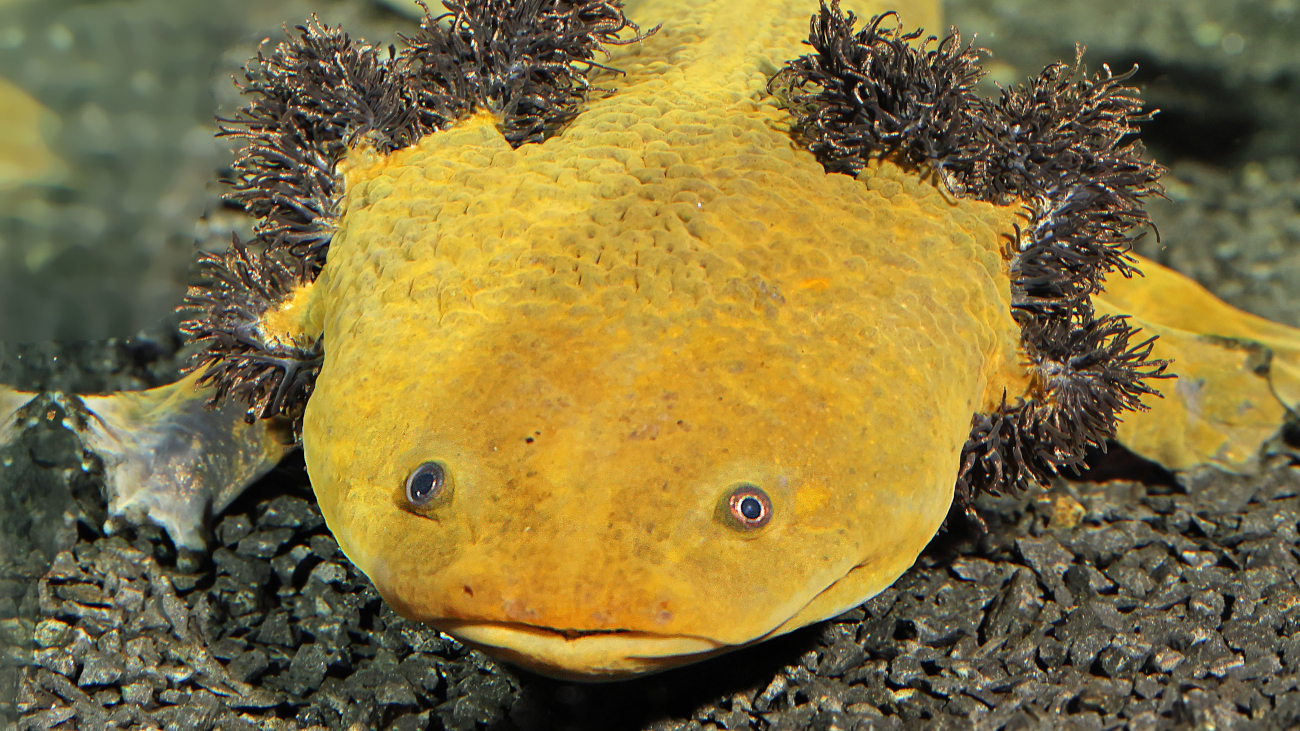
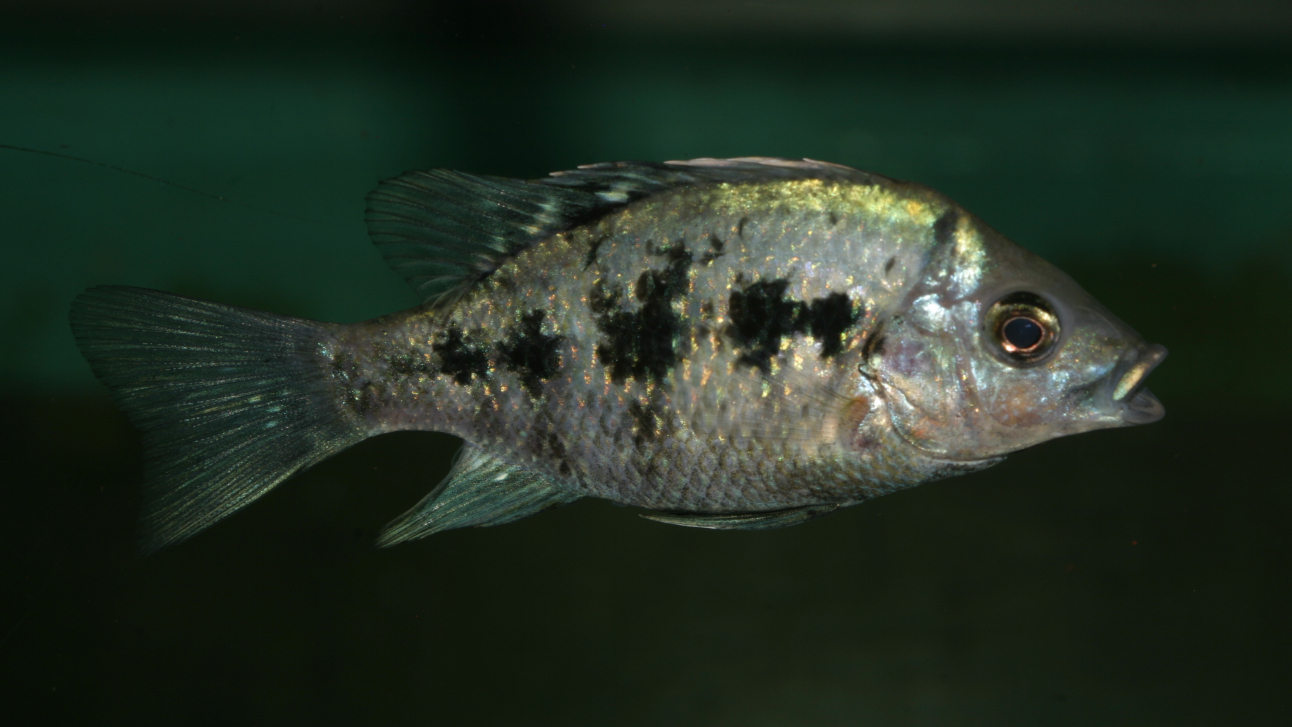
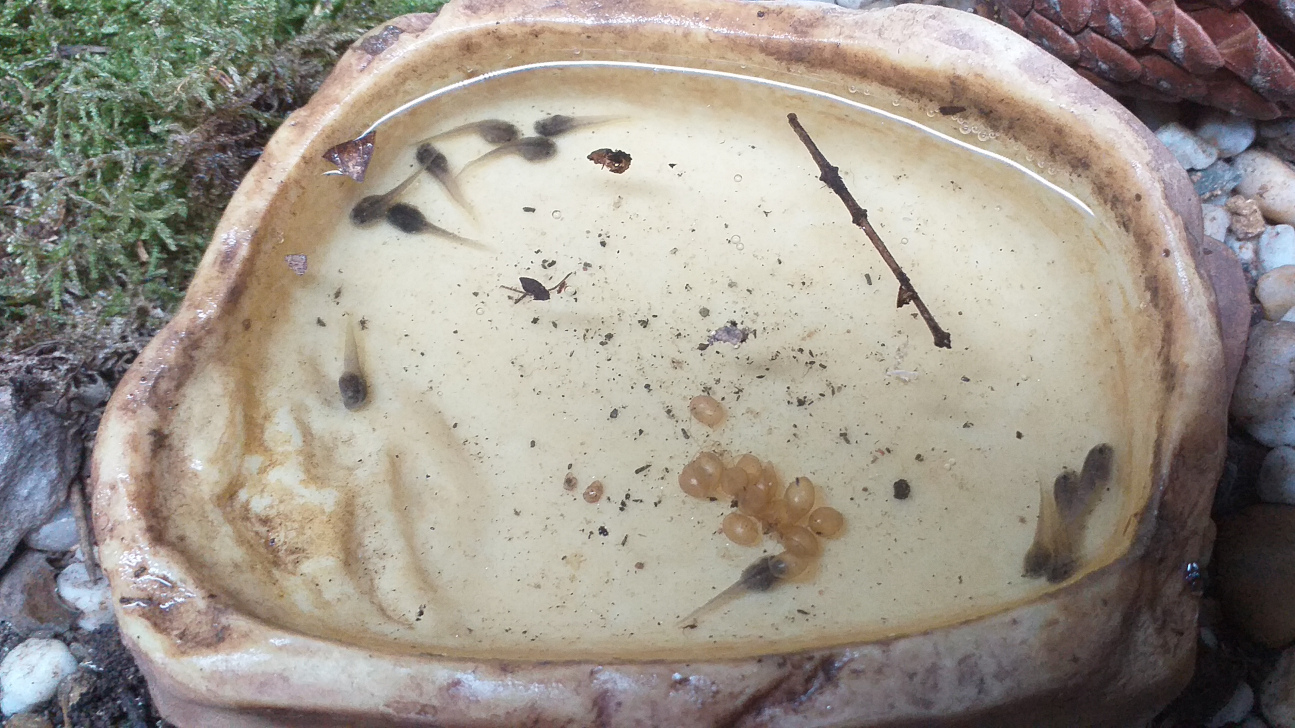
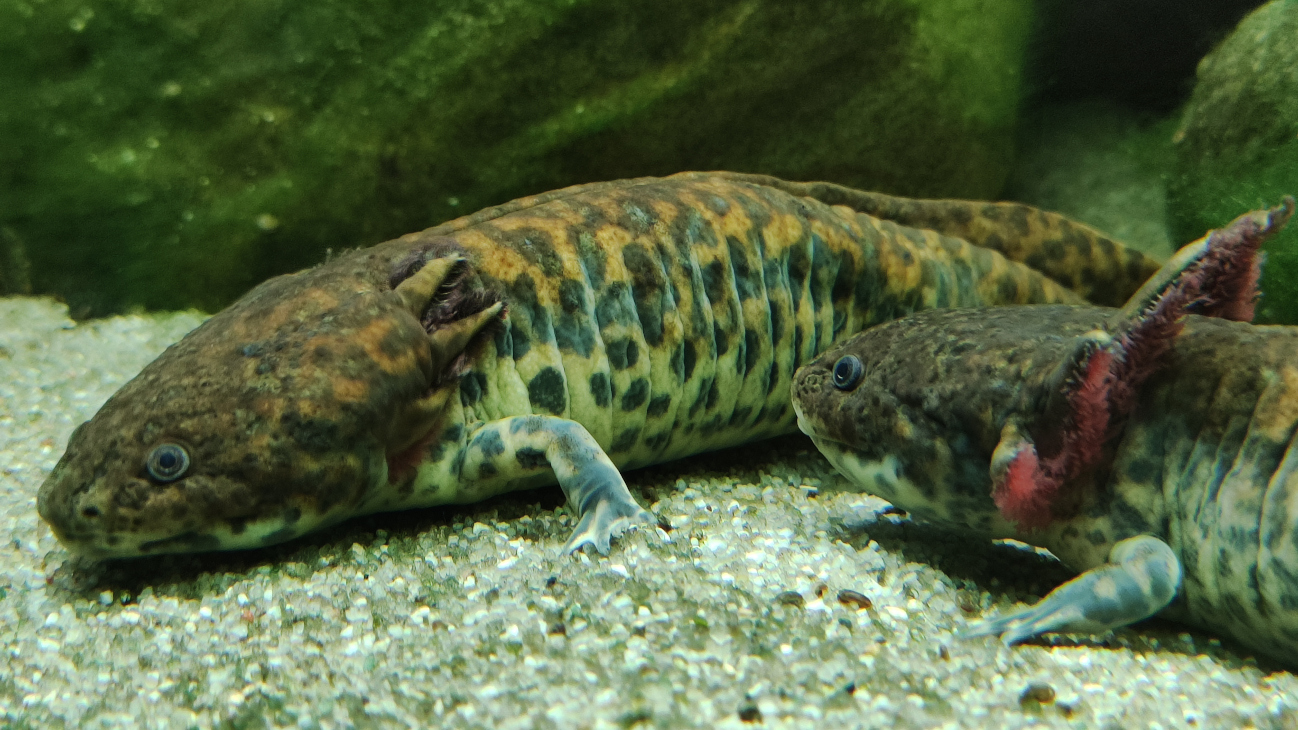
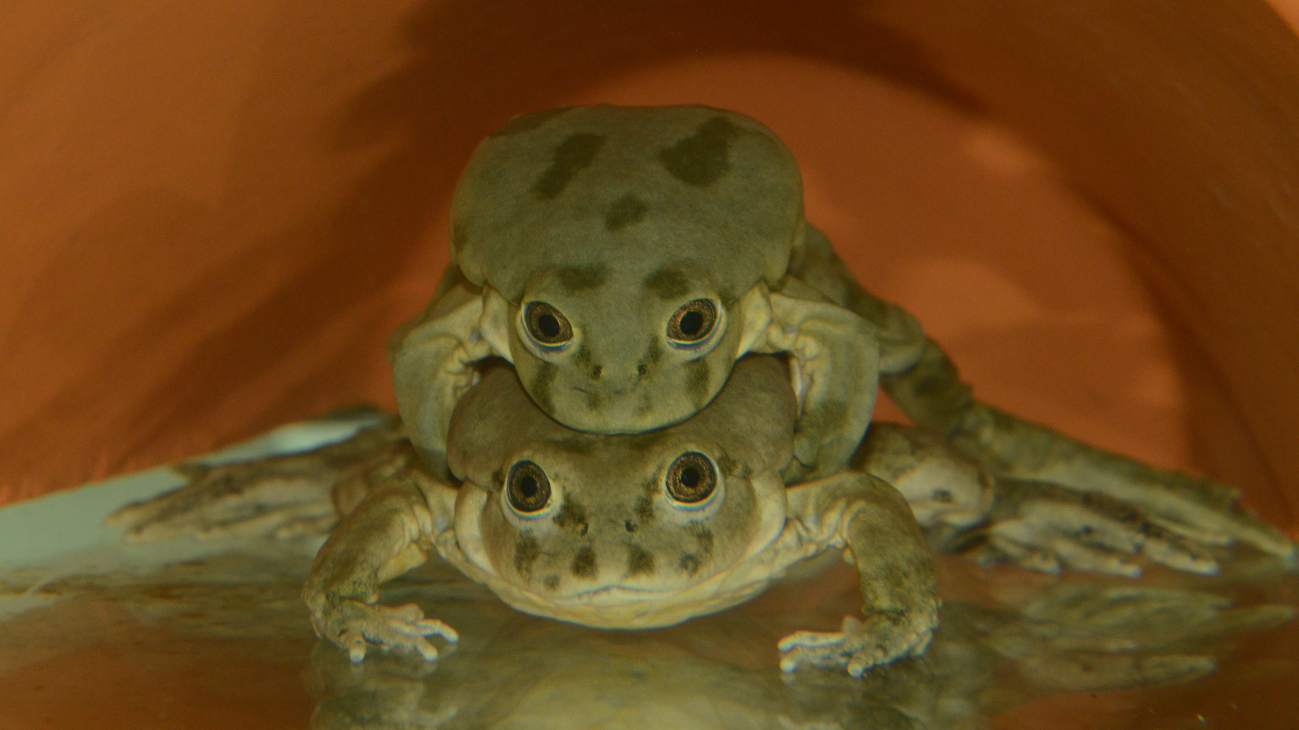
Semi-Annual Report Mai 2022
Scientific name | Engl. name | Animals total (m/f/u) | Keepers total | Deaths 11/21 – 04/22 (m/f/u) | New offspring 11/21 – 04/22 (m/f/u) | External arrivals 11/21 – 04/22 (m/f/u) | Aim (animals, keepers) | status* |
|---|---|---|---|---|---|---|---|---|
Amphibians | ||||||||
Agalychnis lemur | Lemur Leaf Frog | 55 (13/11/31) | 8 | 8 (0/2/6) | 20 | 0 | 225, 40 | 22%
|
Alytes muletensis | Majorcan Midwife Toad | 155 (4/6/145) | 17 | 20 (0/0/20) | 30 | 31 | 425,53 | 34%
|
Ambystoma andersoni | Anderson’s Salamander | 73 (2/2/69) | 2 | 0 | 0 | 73 | 225,40 | 19% |
Ambystoma dumerilii | Lake Pátzcuaro Salamander | 130 (44/49/37) | 18 | 16 (0/0/16) | 23 | 1 | 225, 40 | 51% |
Bombina orientalis | Oriental fire- bellied Toad | 101 (12/16/73) | 11 | 18 (0/0/18) | 14 | 0 | 225, 60 | 32% |
Ingerophrynus galeatus | Bony-headed Toad | 88 (14/15/59) | 11 | 46 (2/0/44) | 9 | 12 | 225, 40 | 33% |
Minyobates steyermarki | Demonic Poison Frog | 0 | 0 | 0 | 0 | 0 | 110, 20 | 0% |
Phyllobates terribilis | Golden Poison Frog | 11 (3/3/5) | 2 | 7 (0/0/7) | 0 | 5 | 225, 70 | 4% |
Salamandra sal. almanzoris | Almanzor Fire Salamander | 27 (10/8/9) | 9 | 4 (0/4/0) | 0 | 0 | 185, 30 | 22% |
Salamandra salamandra (GER) | Fire Salamander | 88 (12/11/65) | 9 | 5 (0/3/2) | 0 | 0 | * | * |
Telmatobius culeus | Titicaca Water Frog | 16 (1/1/14) | 3 | 0 | 0 | 16 | 225,45 | 7% |
Tylototriton vietnamensis | Vietnamese Crocodile Newt | 104 (17/23/64) | 17 | 6 (1/0/5) | 20 | 5 | 185, 30 | 56% |
Tylototriton ziegleri | Ziegler’s Crocodile Newt | 25 (0/0/25) | 6 | 0 | 0 | 16 | 185,30 | 17% |
Fish | ||||||||
Bedotia madagascariensis | Madagascan- Rainbow Fish | 46 (19/8/19) | 3 | 13 (0/13/0) | 0 | 40 | 192, 16 | 21% |
Ptychochromis insolitus | Mangarahara- Cichlid | 127 (13/15/99) | 8 | 1 (1/0/0) | 25 | 24 | 192, 16 | 58% |
Ptychochromis loisellei | Loiselle’s Cichlid | 59 (7/9/43) | 5 | 0 | 0 | 38 | 160, 16 | 34% |
Ptychochromis oligacanthus | Nosy Be Cichlid | 50 (0/0/50) | 2 | 0 | 0 | 50 | 192,16 | 19% |
m:male, f: female, u: unspecified gender
*status = median of currently reached animal keeper percentage and kept animals percentage in relation to specified goals
**: With the domestic Fire Salamander, our aim is to conserve local populations; therefore, we do not specify an aim in numbers with this case